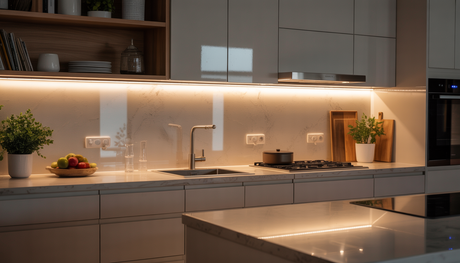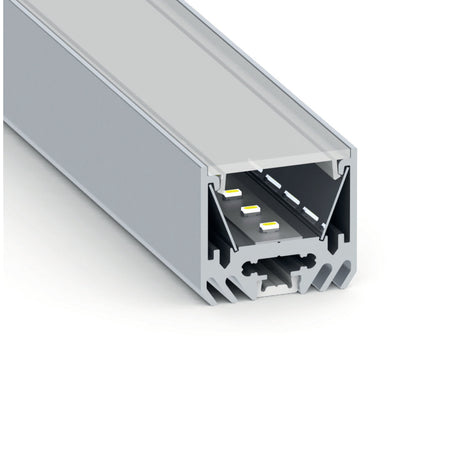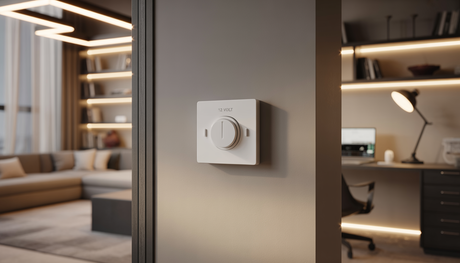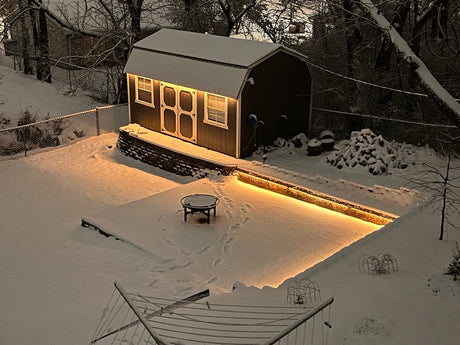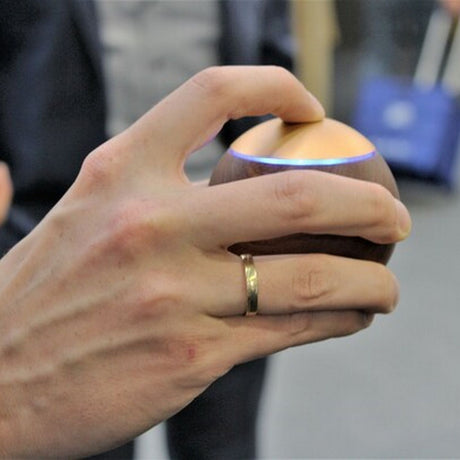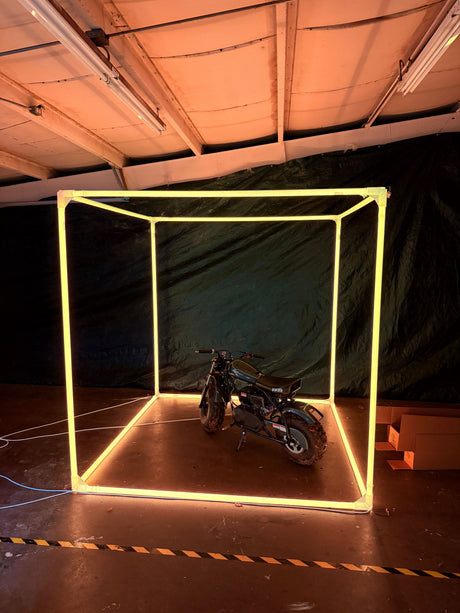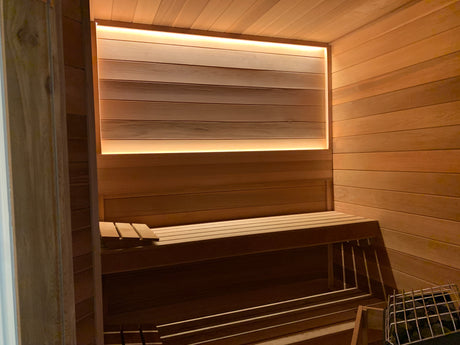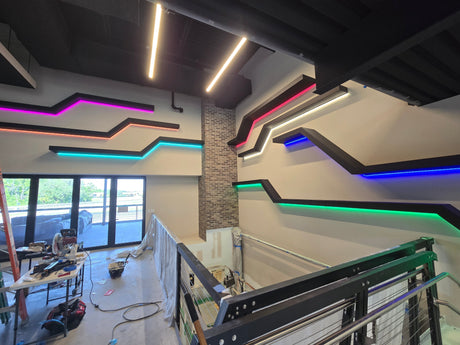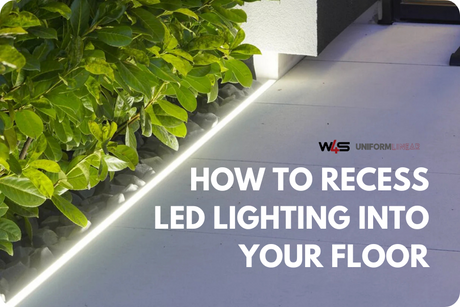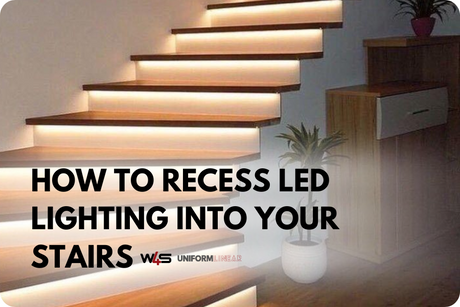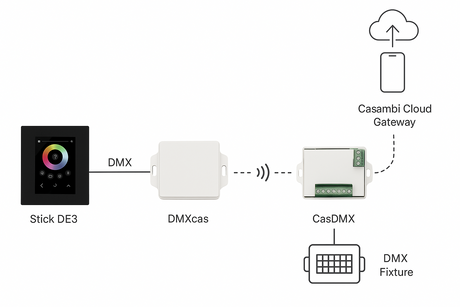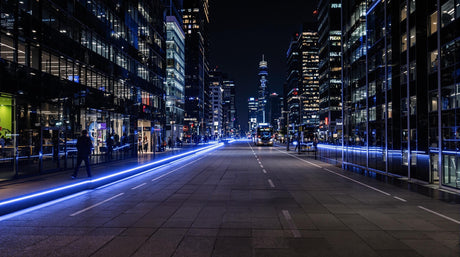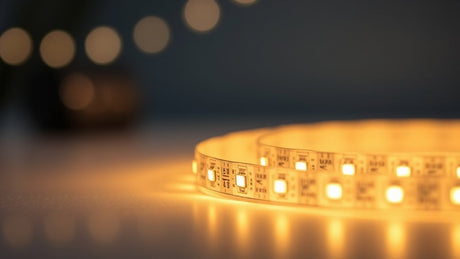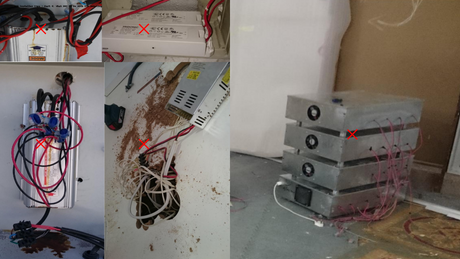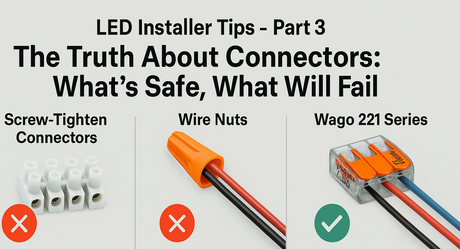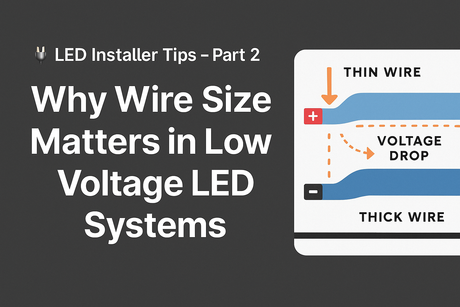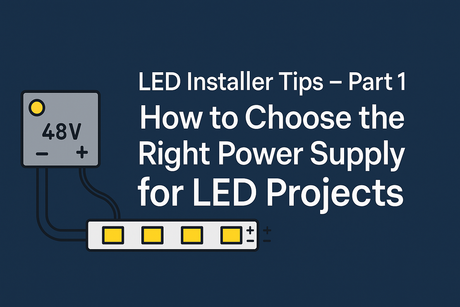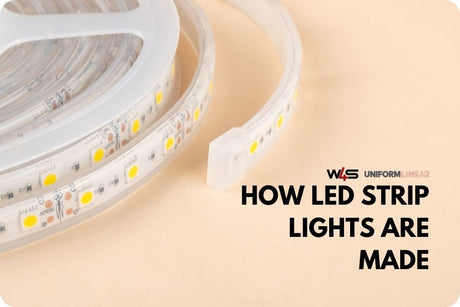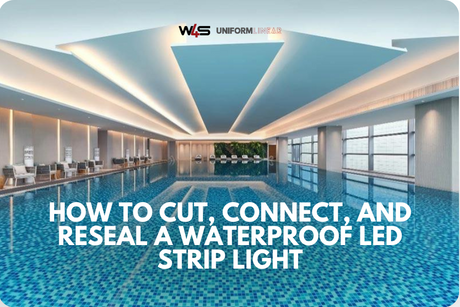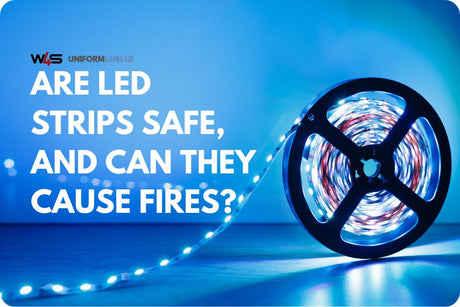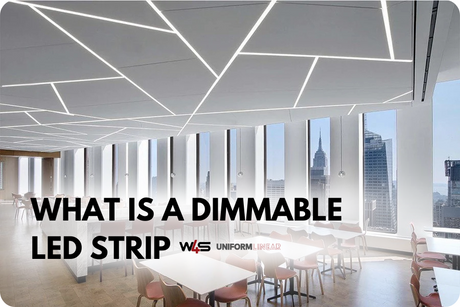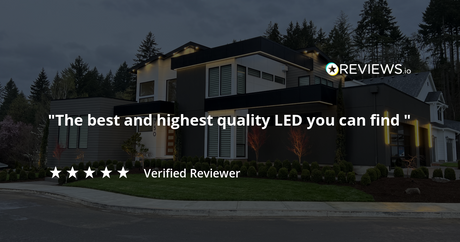When choosing the best lighting for your home or workplace, two common options come to mind: fluorescent lights (including compact fluorescent lamps, or CFLs) and light-emitting diodes (LEDs).
While both technologies offer energy-efficient alternatives to traditional incandescent bulbs, they differ in significant ways that can impact your lighting experience and long-term costs. Below, we'll explore the pros and cons of each type to help you decide which is the best fit for your needs.
Fluorescent (CFL) Lighting: How It Works

Fluorescent lights are a type of gas-discharge light that produces illumination by converting ultraviolet (UV) emissions into visible light using a fluorescent coating. When electricity excites the mercury gas inside the bulb, it generates UV radiation, which the fluorescent coating converts into light.
CFLs are simply compact versions of standard fluorescent lights, designed to replace incandescent bulbs in residential settings. Despite being more energy-efficient than incandescent lighting, CFLs come with their own set of limitations.
Strengths of Fluorescent Lights
Energy Efficiency: Fluorescent lights are more efficient than incandescent bulbs, making them a cost-effective choice for lighting large areas.
Longer Lifespan: CFLs typically last around 10,000 hours, significantly longer than traditional incandescent bulbs.
Established Technology: With over 100 years of development, fluorescent lighting has a solid track record in commercial and industrial applications like schools and warehouses.
Drawbacks of Fluorescent Lights

Toxic Mercury Content: One of the most significant downsides is that fluorescent bulbs contain mercury, a hazardous material that poses waste disposal challenges and can be dangerous if the bulb breaks.
Degrading Efficiency: Over time, fluorescent lights require more voltage to maintain the same light output, reducing their efficiency as they age.
Omnidirectional Light Output: Fluorescent lights emit light at 360 degrees, meaning a large portion of the light must be redirected to focus on the desired area, leading to system inefficiency.
Susceptibility to Frequent Switching: CFLs are less durable when frequently turned on and off, making them a poor match for applications with motion sensors or frequent use.
UV Radiation Emission: Fluorescent bulbs emit small amounts of UV light, which can cause fading in items like paintings and fabrics.
LED Lighting: The Modern Solution

LEDs, or light-emitting diodes, have taken the lighting world by storm in recent years, thanks to their remarkable efficiency, long lifespan, and versatility. LEDs produce light through electroluminescence, where electricity flows through a semiconductor material and emits light.
Advantages of LED Lighting
Energy Efficiency: LEDs are up to 80% more energy-efficient than fluorescent lights, saving you money on electricity bills. This specific advantage turns consumers’ heads towards LED lighting.
Longevity: With lifespans reaching 50,000 hours or more, LEDs last much longer than fluorescent and incandescent bulbs.
Directional Lighting: Unlike fluorescent bulbs, LEDs produce directional light, reducing the need for reflectors and making them perfect for focused lighting applications like under-cabinet lighting or task lights.
Durability: LEDs are highly resistant to frequent on/off cycling, making them ideal for areas with motion sensors or smart lighting systems.
Environmental Benefits: LEDs contain no toxic materials like mercury, making them a greener choice for households and businesses.
Disadvantages of LED Lighting

Initial Cost: While LEDs may have a higher upfront cost, their long-term savings in energy use and replacement costs typically make them a better investment. It is important to consider the cost factor of fluorescent vs LED.
Compatibility Issues: Some older lighting fixtures may only be compatible with LED bulbs with additional modifications, such as dimmers or drivers.
Fluorescent vs LED: A Head-to-Head Comparison

Conclusion: Why LED Wins

While fluorescent lighting has served as an energy-efficient solution for decades, LED technology has outpaced it in almost every category. LEDs last longer, save more energy, and are better for the environment due to their lack of toxic chemicals. The initial investment in LEDs may be higher, but the long-term savings in energy costs and replacements make them the superior choice for both residential and commercial lighting projects.
In summary, LEDs consistently come out on top for applications ranging from fluorescent vs LED aquarium setups to fluorescent vs LED wattage considerations. Now that you understand the difference between fluorescent and LED lighting technologies, making an informed decision will be easier, whether for home use, aquariums, or even indoor plant growth.
FAQs: Fluorescent vs LED Lighting
Here are some of the most common questions asked when comparing fluorescent and LED lighting:
Most Common Brands for Both Light Types
Fluorescent lighting is predominantly manufactured by leading brands such as Philips, GE Lighting, Sylvania, and Osram. In the realm of LED lighting, notable brands include Philips Hue and Wired4Signs. These companies are recognized for their innovative and energy-saving LED products, with Philips Hue standing out as a preferred choice for smart lighting solutions.
Are LED Lights Better for Your Eyes Than Fluorescent?
Yes, LED lights are generally considered better for your eyes than fluorescent lights. LEDs provide a more stable, flicker-free light, which reduces eye strain. Additionally, they emit less UV radiation, minimizing the risk of irritation or long-term eye damage.
Is Fluorescent or LED Better for Plants?
LED lights are better for plants because they offer full-spectrum lighting that can be customized for different stages of plant growth. Unlike fluorescent lights, which are less energy-efficient and emit less targeted light, LEDs can be tuned to provide the optimal light wavelength for photosynthesis, promoting healthier plant growth.





